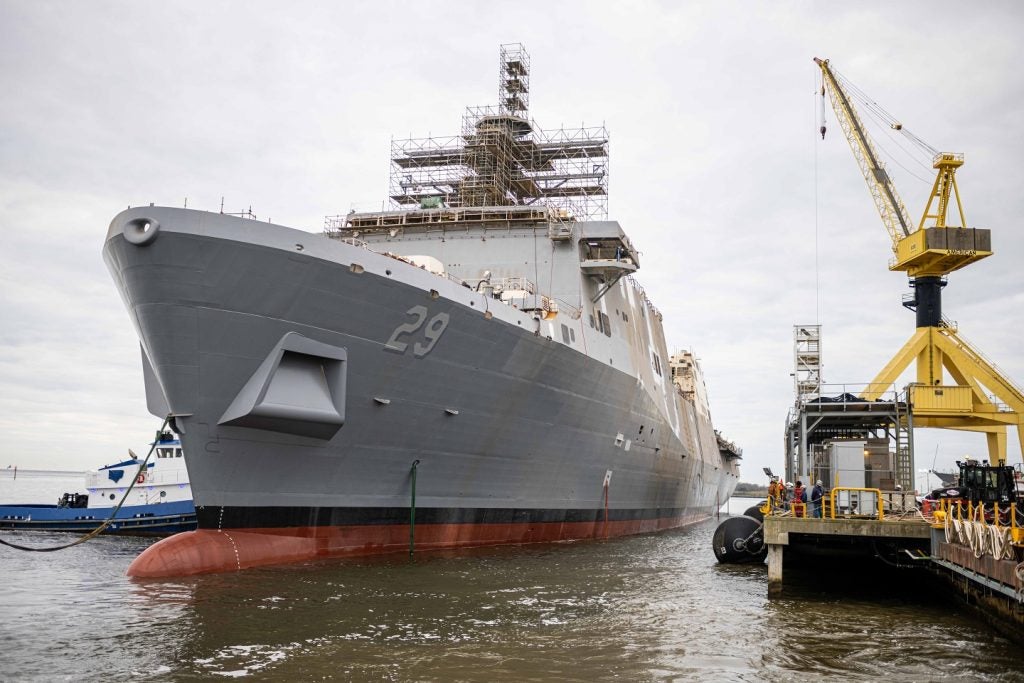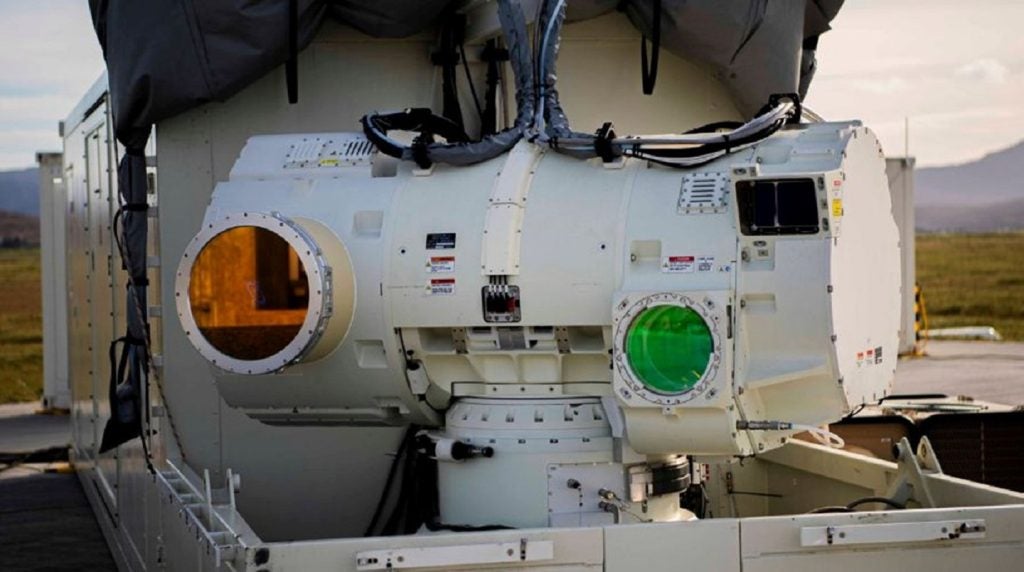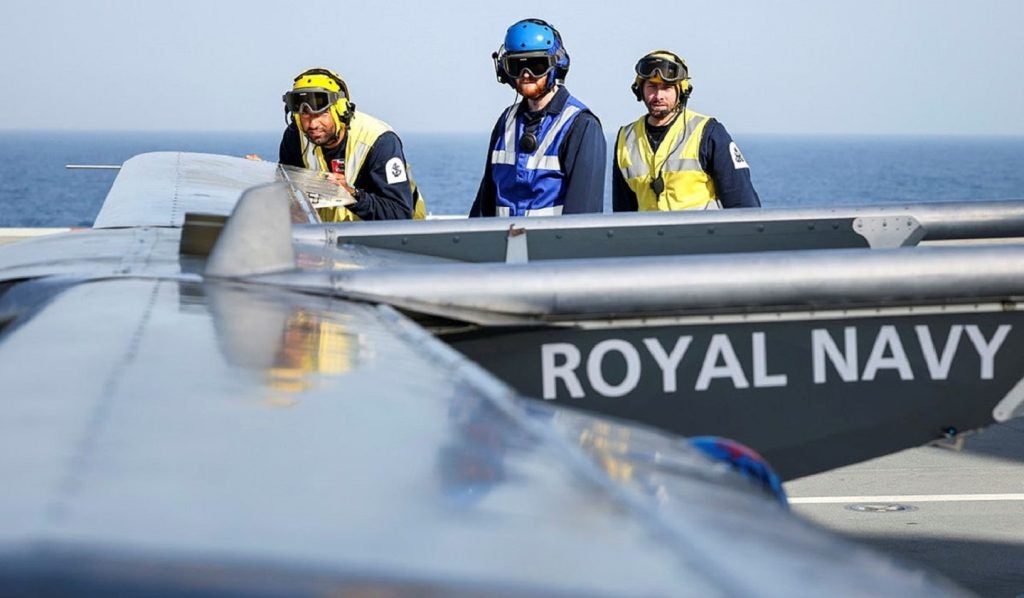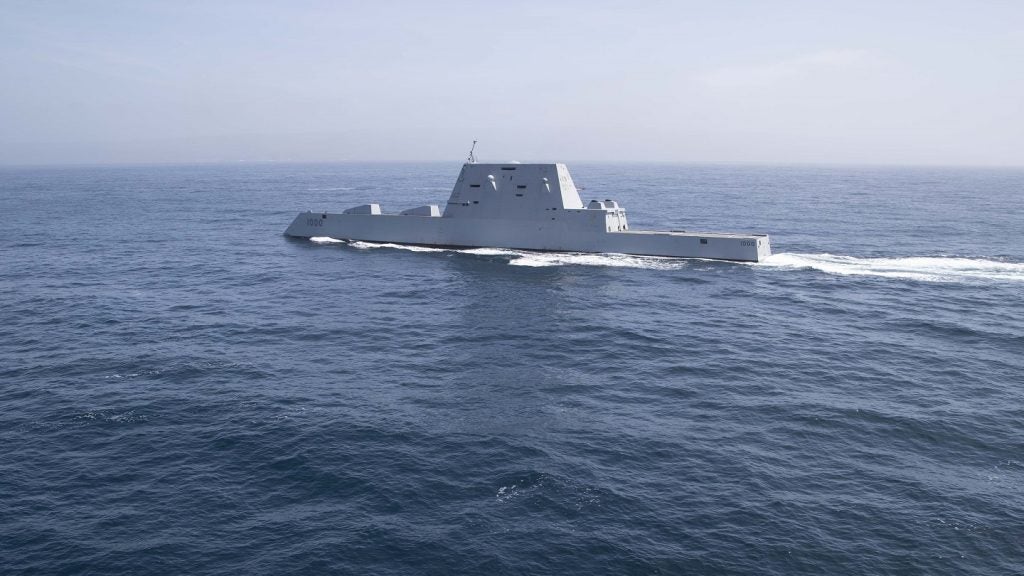The Indian Navy will launch a dedicated satellite in 2010 in an effort to strengthen the navy’s network-centric warfare programme.
The satellite is being developed by the Indian Space Research Organisation (ISRO) in collaboration with the Defence Research and Development Organisation (DRDO).
The satellite will cover 1,000nm² over the Indian Ocean region and will allow the Indian Navy to communicate with all its submarines, aircraft and warships through operational hubs on shore via high-speed data links.
The developmental satellite is part of the network-centric system programme for the Indian Navy, under which most of the sea assets will be networked through the dedicated geo-stationary satellite.
How well do you really know your competitors?
Access the most comprehensive Company Profiles on the market, powered by GlobalData. Save hours of research. Gain competitive edge.

Thank you!
Your download email will arrive shortly
Not ready to buy yet? Download a free sample
We are confident about the unique quality of our Company Profiles. However, we want you to make the most beneficial decision for your business, so we offer a free sample that you can download by submitting the below form
By GlobalDataOnce operational, the satellite will enable Indian naval warships, submarines and aircraft to communicate on a real-time basis and provide a digital tactical battlespace view of the dispersed fleet formations, aircraft locations and even submarine deployments.
See Also:
India has already completed development work on its Cartosat-2B satellite, which will be used for military purposes and is expected to launch in March 2010.







